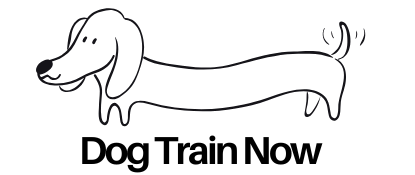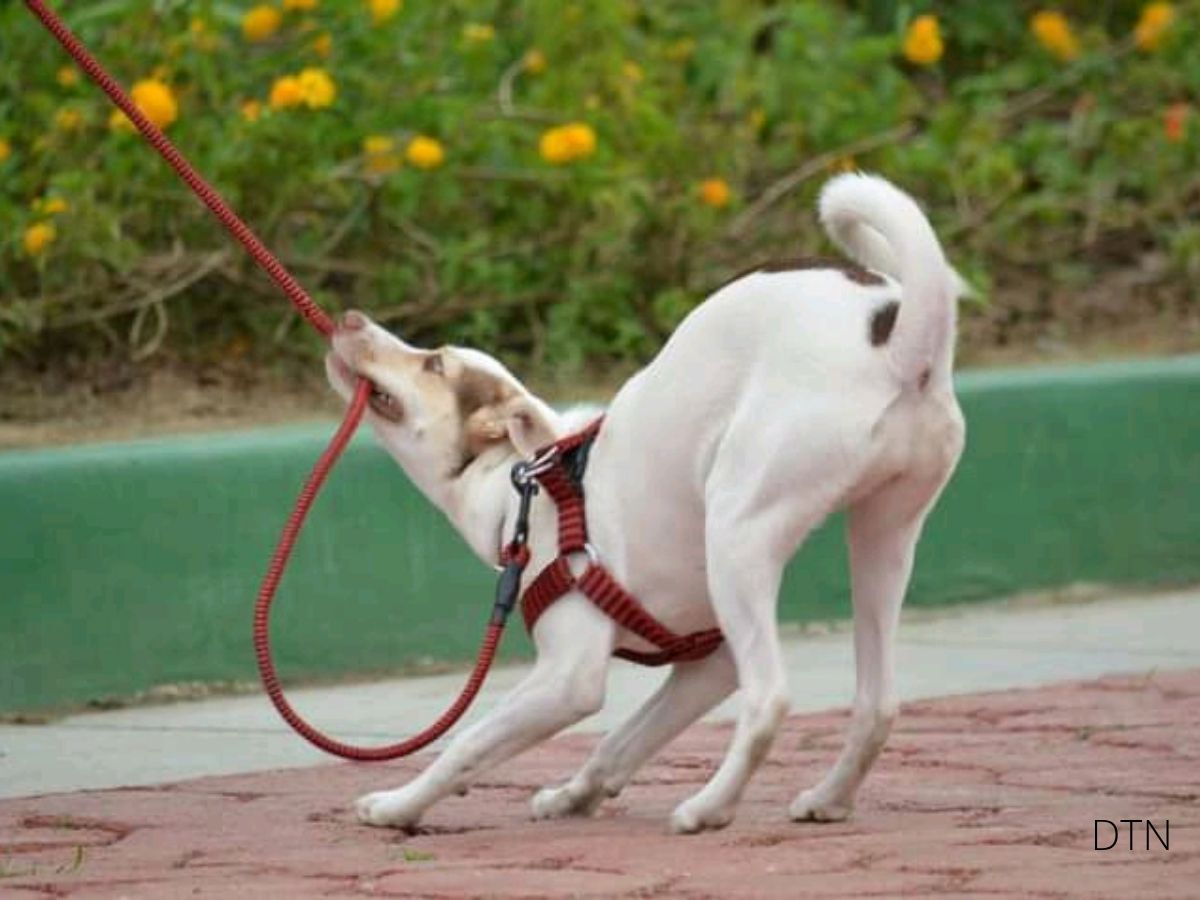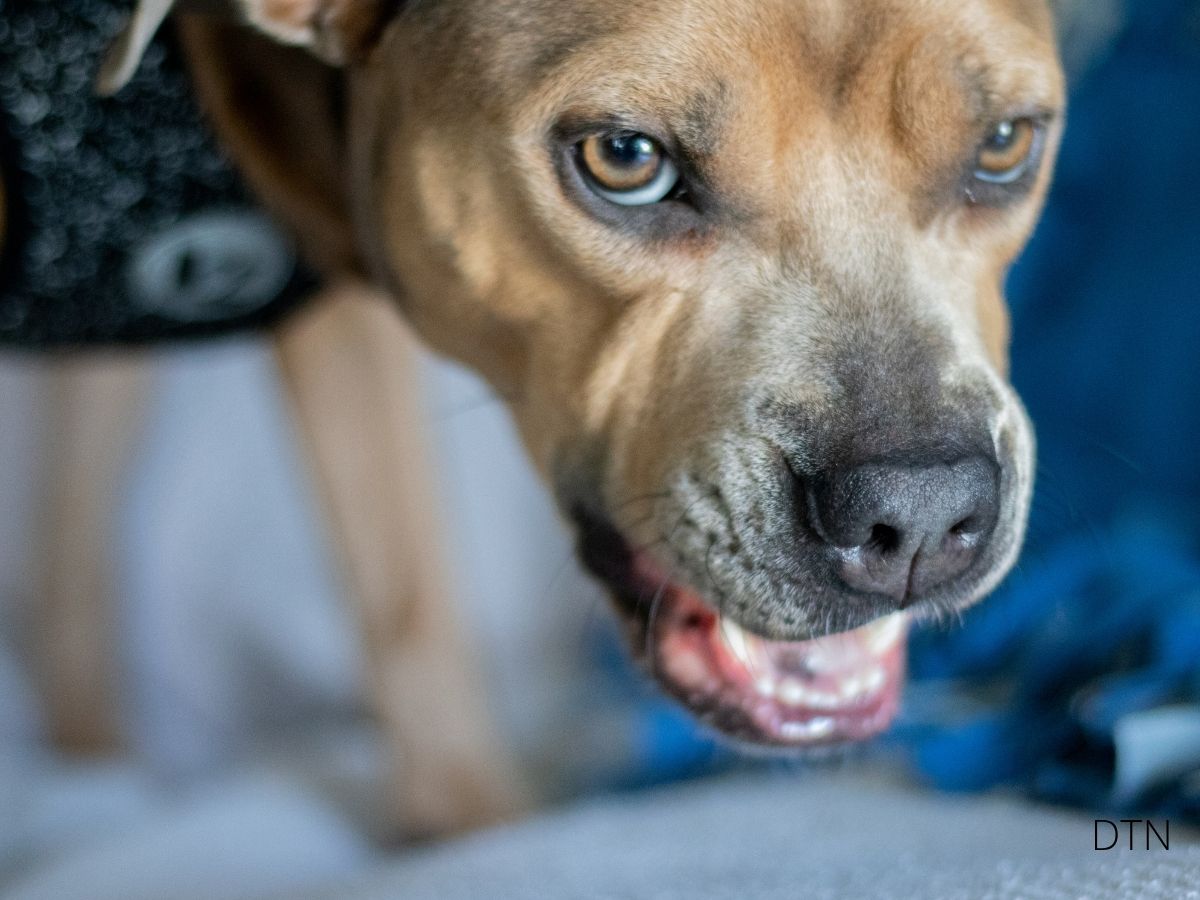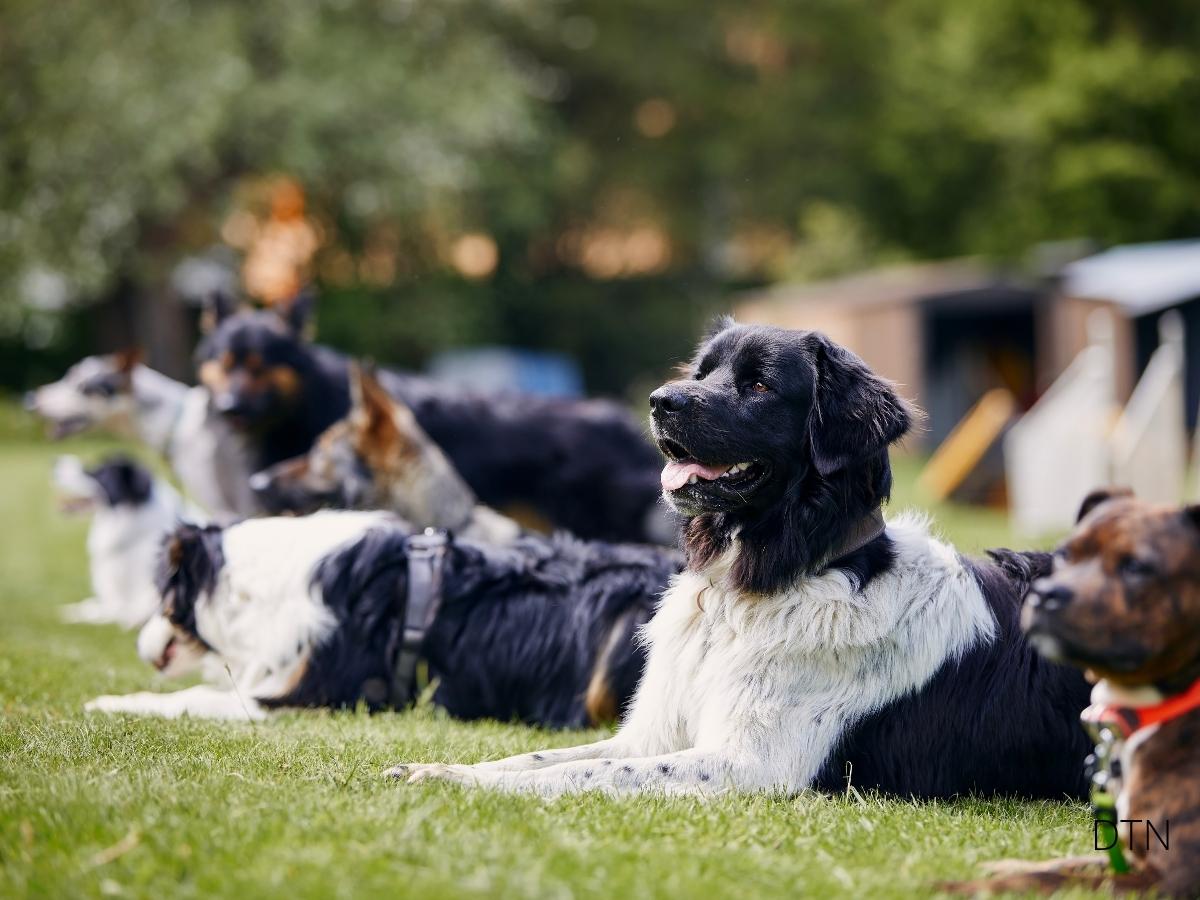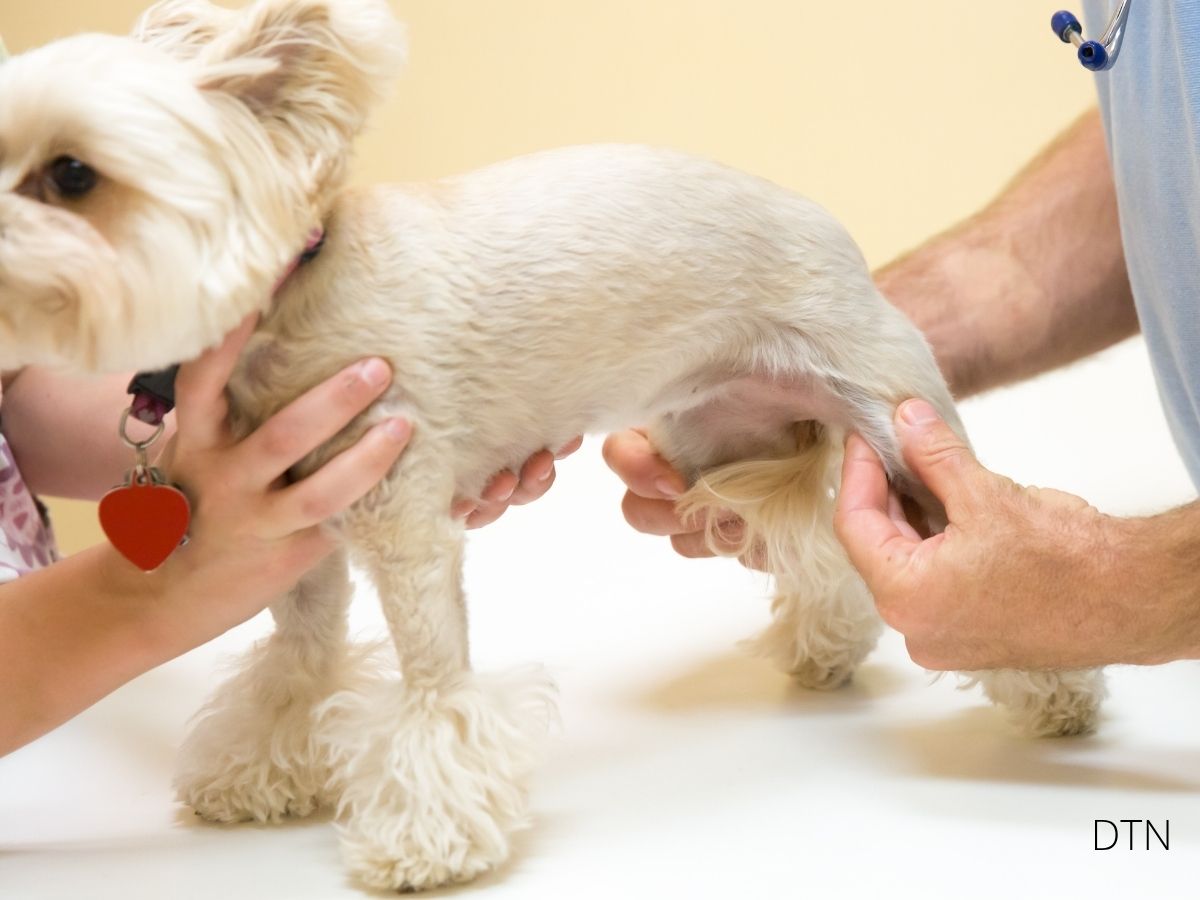Your Border Collie locks eyes with a squirrel, body trembling. You call “come,” and for a moment, she’s frozen—caught between the command she knows and the chase instinct screaming through every fiber of her being. This is cognitive conflict in action: when learned behaviors collide with instinctual drives, creating genuine internal struggle for our dogs.
The Neural Tug-of-War
When dogs experience cognitive conflict, two parts of their brain literally compete for control. The amygdala, processing emotions and instincts, might surge with “chase that squirrel!” signals. Meanwhile, the prefrontal cortex—responsible for learned behaviors—tries to maintain the “stay” command you’ve practiced hundreds of times.
This isn’t disobedience. It’s neurobiology.
During these moments, stress hormones flood your dog’s system, making it physically harder to access trained behaviors. Think of it like trying to recite poetry while running from a bear—your primitive brain takes over, pushing aside higher learning. Your dog experiences this same override when instinct clashes with training.
Signs your dog is experiencing internal conflict:
- Freezing or hesitation
- Displacement behaviors (sudden scratching, yawning, lip licking)
- “Whale eye” (showing whites of eyes)
- Delayed response to known commands
- Trembling despite comfortable temperature
Common Conflict Triggers
Understanding what sparks these internal battles helps us respond with empathy rather than frustration.
Prey Drive vs. Recall The most universal conflict occurs when movement triggers chase instincts. Sight hounds like Greyhounds experience this intensely—their genetics scream “chase” while training whispers “stay.” Even well-trained dogs can struggle when squirrels, cats, or joggers activate ancient hunting sequences.
Fear vs. Obedience When dogs perceive threats, survival instincts override learned behaviors. A dog who sits perfectly at home might break the command during fireworks. This isn’t defiance—it’s biology prioritizing survival over compliance.
Social Excitement vs. Impulse Control Greeting conflicts plague friendly dogs. They’ve learned to sit politely, but every cell vibrates with desire to jump, sniff, and interact. Young dogs and naturally exuberant breeds face this challenge most intensely.
The Real Impact on Learning
Repeated unresolved conflicts create lasting effects. Dogs may develop learned helplessness—essentially giving up when confused between competing demands. Each stressful conflict also:
- Weakens the human-dog trust bond
- Increases overall anxiety levels
- Makes future training harder
- Can lead to behavioral regression
The dopamine system, crucial for learning, becomes disrupted when dogs can’t predict outcomes. This creates a cycle where confusion leads to stress, which impairs learning, which increases confusion.
Building Resolution Skills
The good news? Dogs can learn to navigate these conflicts with proper support.
Start with impulse control foundations:
- Practice “leave it” with increasing distractions
- Build duration into all commands
- Reward thinking, not just compliance
- Allow choices when possible
Address the emotional component: Counterconditioning helps create new associations. Pair triggers with positive experiences at manageable distances. A dog who trembles at bicycles might start by watching them from 100 feet while eating favorite treats, gradually decreasing distance as comfort grows.
Progressive training approach:
- Master behaviors in zero-distraction environments
- Add one mild distraction
- Gradually increase complexity
- Practice in various locations
- Always set your dog up for success
Dogs are not our whole life, but they make our lives whole.
– Roger Caras
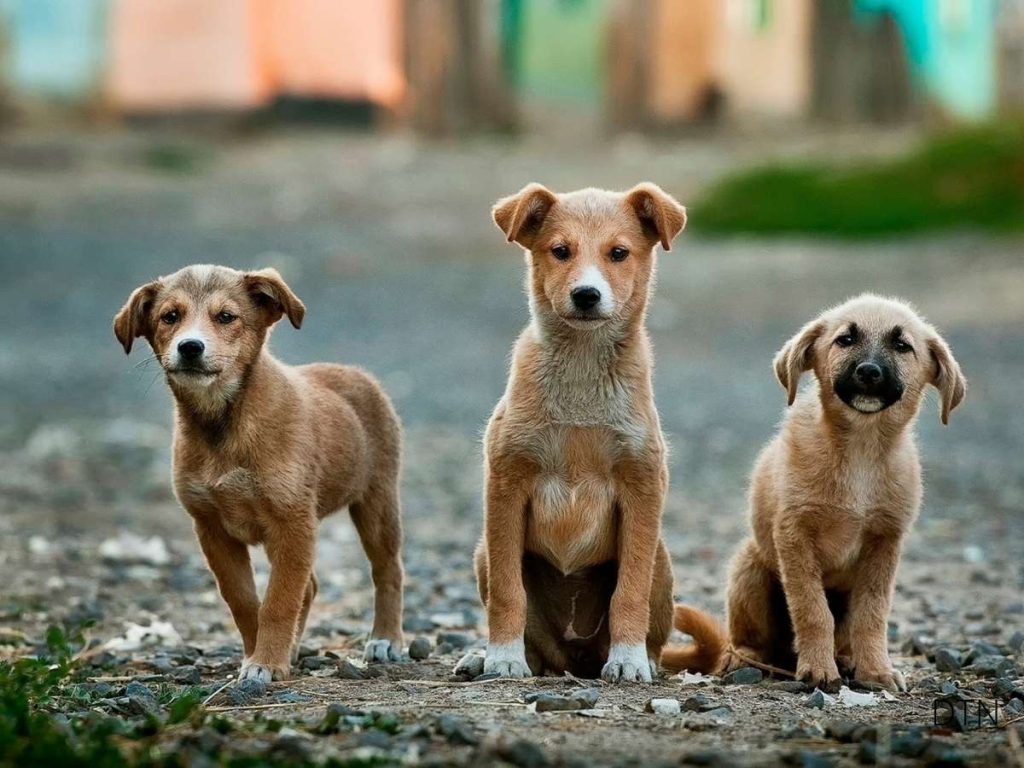
Supporting Your Dog Through Conflicts
When you notice internal struggle, your response matters immensely.
In the moment:
- Stay calm—dogs mirror our emotions
- Increase distance from triggers
- Offer an easier alternative behavior
- Use happy voice and movement to redirect
- Never punish confusion
Long-term strategies:
- Build trust through predictable routines
- Respect breed-specific tendencies
- Provide appropriate outlets for instincts
- Celebrate small victories enthusiastically
- Adjust expectations to individual capacity
The Handler’s Role
Your emotional state directly impacts your dog’s ability to manage conflicts. Dogs detect subtle tension changes—tightened leash grip, held breath, stiffened posture. This creates a feedback loop where your anxiety about potential problems actually makes them more likely.
Practice staying relaxed during training. Breathe normally, keep loose leash, and trust the process. Your calm confidence helps your dog access their training despite internal conflict.
When to Seek Professional Help
Consider consulting a certified behavior professional when:
- Conflicts escalate to aggression
- Anxiety becomes extreme
- No progress after 6-8 weeks
- Safety concerns arise
- Your confidence erodes
Different professionals offer different expertise. Veterinary behaviorists can prescribe medication if needed, while certified behavior consultants focus on modification protocols. Both use science-based approaches to help dogs build coping skills.
Managing Expectations
Some conflicts resolve completely while others require lifetime management. A Beagle may never ignore rabbit scents entirely. A guardian breed might always alert to strangers. Success isn’t eliminating instincts—it’s helping dogs make good choices despite them.
Focus on progress, not perfection:
- Celebrate delayed reactions (thinking before acting)
- Appreciate partial compliance in tough situations
- Recognize stress reduction as success
- Value communication attempts from your dog
- Remember that management is valid
The Path Forward
Understanding cognitive conflict revolutionizes how we approach training challenges. Your dog isn’t stubborn or defiant—they’re navigating genuine internal struggles that deserve patience and support.
Every frozen moment, every hesitation between instinct and training, represents your dog trying their best to please you while honoring their nature. By recognizing these conflicts, adjusting our approaches, and providing compassionate support, we build partnerships based on mutual understanding.
The goal isn’t a robot-dog who never struggles. It’s a thinking partner who can navigate challenges with increasing confidence. Some days will be harder than others. Some triggers may always require management. That’s okay.
Your dog’s internal conflicts are real, challenging, and deserving of empathy. By understanding the neuroscience, recognizing the signs, and responding with patience, you help them build resilience for a lifetime of adventures together. The deepest bonds aren’t built in perfect obedience—they’re forged in moments of struggle met with understanding, support, and love. 🐾
